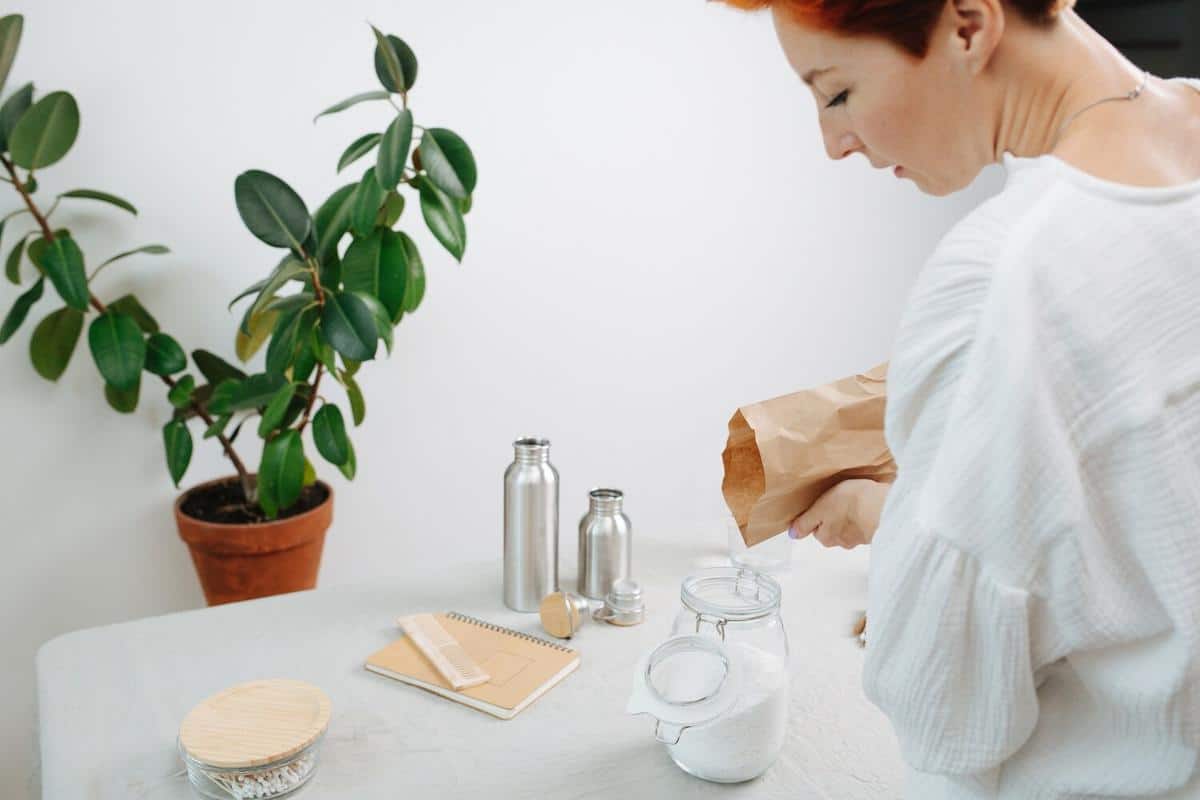
Making Natural Lip Balms: A Beginner’s Guide
Imagine the satisfaction of gliding a soothing balm across your lips, knowing it’s crafted from nature’s finest ingredients and your own hands. Making natural lip balms not only allows you to control what you apply to your skin but also offers a rewarding and creative DIY experience.
Creating your own lip balm is a delightful and practical venture. With a few simple ingredients and tools, you can customize your lip balm to suit your preferences and needs. This guide will walk you through the process, offering expert insights and practical tips along the way.
Why Make Your Own Lip Balm?
Commercial lip balms often contain synthetic ingredients that some users may wish to avoid. By making your own, you can ensure that only wholesome, natural ingredients touch your lips. According to a study by the Environmental Working Group, over 80% of lip care products contain potential allergens or irritants. Making your own balm means choosing ingredients that are gentle and soothing.
Ingredients and Tools
To start, gather the following basic ingredients:
- Beeswax or a plant-based wax for vegans
- Coconut oil or shea butter for moisturizing
- Essential oils for fragrance and therapeutic benefits
- Vitamin E oil as a natural preservative
You will also need:
- A double boiler or a heatproof bowl and saucepan
- Measuring spoons
- A stirring utensil
- Small tins or tubes for storage
Making the Lip Balm
- Measure and Melt: Combine one tablespoon of beeswax, one tablespoon of coconut oil, and one tablespoon of shea butter in the double boiler. Heat gently until melted, stirring occasionally.
- Add Essential Oils: Remove from heat and add a few drops of your chosen essential oil. Lavender or peppermint are popular choices.
- Add Vitamin E: Stir in a few drops of vitamin E oil. This acts as a natural preservative and adds nourishing properties.
- Pour and Set: Pour the mixture into your tins or tubes and let it cool completely. This usually takes about 30 minutes.
Personal Anecdote
During my first attempt at making lip balm, I discovered the joy of customizing scents. The combination of lavender and vanilla quickly became a favorite among my friends and family, leading to requests for personalized gifts!
Comparing Ingredients
| Ingredient | Benefits | Considerations |
|---|---|---|
| Beeswax | Locks in moisture | Non-vegan alternative: candelilla wax |
| Coconut Oil | Deeply moisturizing | May not suit oily skin |
| Shea Butter | Rich in vitamins | Can be heavy for some users |
| Lavender Oil | Calming scent | Potential allergen |
| Peppermint Oil | Refreshing and cooling | Use sparingly to avoid irritation |
| Vitamin E | Antioxidant properties | Check for allergies |
| Candelilla Wax | Vegan alternative | May harden balm |
| Almond Oil | Lightweight and soothing | Nut allergy consideration |
Frequently Asked Questions
What is the shelf life of homemade lip balm?
Homemade lip balm typically lasts about six months to a year, depending on storage conditions and ingredients used.
Can I use food coloring to tint my lip balm?
Yes, but ensure it’s safe for cosmetic use. Alternatively, beetroot powder is a natural and safe option.
Why did my lip balm turn out grainy?
Graininess can occur if the balm cools too slowly. Try cooling it quickly in the refrigerator to avoid this issue.
Conclusion
Embarking on the journey of making natural lip balms can be both fulfilling and beneficial. With the right ingredients and a little creativity, you can craft a balm that not only meets your skincare needs but also adds a personal touch to your beauty routine. So, gather your ingredients, start experimenting, and enjoy the natural goodness of homemade lip balm!


